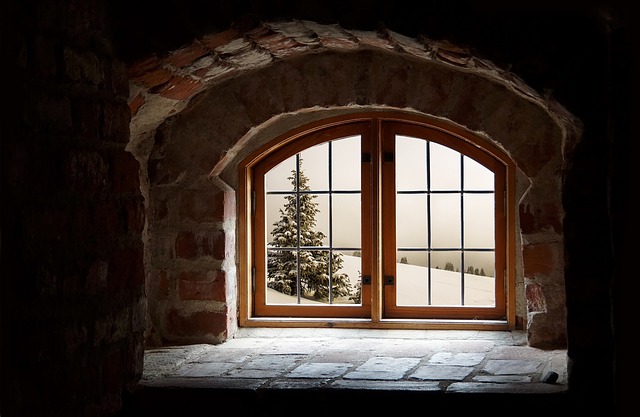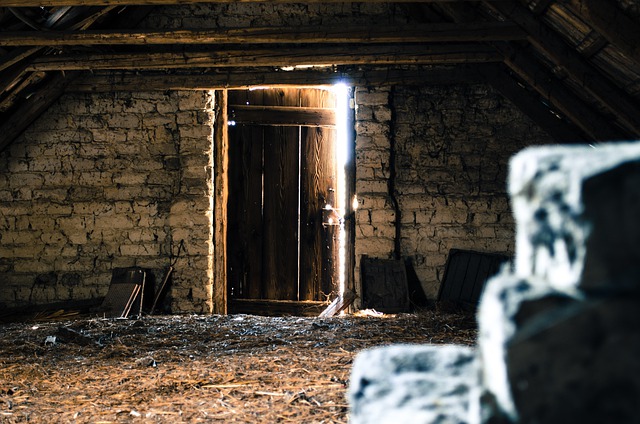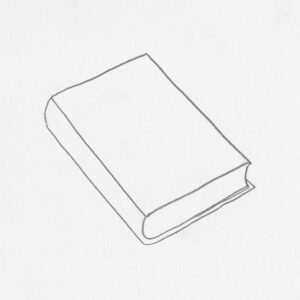
Why Is A Light In The Attic Banned? Answered
Why is a light in the attic banned? Adults believed that it encouraged cannibalism, violence, disobedience, suicide, and the worship of Satan.
Table of Contents
Why Is A Light In The Attic Banned?
Why was A Light in the Attic prohibited? for “encouraging children to break the dishes so they don’t have to dry them,” as well as for promoting Satanism, cannibalism, suicide, and other negative behaviors.” We urge kids of all ages to pick up this cherished classic.
A Note From The Third Graders Of Light In The Attic
This book taught us to always consider what we read and whether it is fact or fiction. We are not required to follow what is stated in writing. To solve problems and make wise decisions, we must always use our own minds. Books can be read for fun at times!
How Not To Dry The Dishes
Others believed that “How Not to Have to Dry the Dishes” was a poem that should not be read to young children. In the eyes of their parents, this encouraged them to procrastinate and make up reasons not to complete their chores. Since many kids already find it difficult to do the dishes, it makes sense that their parents might be concerned if they read a poem like this in class.

Monsters I’ve Met
Parents also became enraged when they saw the play “Monsters I’ve Met.” Those who weren’t religious wanted to keep their kids away from talking about Satan, but “Monsters I’ve Met” did the opposite. Since the book was being read in schools, the parents were unaware of what their children were learning until the children informed them about it when they got home.
Read about: Why Homework Should Not Be Banned?
Reader View
Personal Thoughts
My favorite book of all time is A Light in the Attic. My third-grade teacher, Ms., is still fresh in my mind. Bomarito read a poem to us from this book every day, and I think Silverstein’s works are what first sparked my interest in poetry. The poems encourage imagination, ingenuity, and uniqueness in children while letting them be children. A Light in the Attic is a classic that should be used in the classroom, so in my opinion, it shouldn’t be prohibited. Although I would be sad to see this book outlawed as a future librarian, I will undoubtedly do everything in my power to promote intellectual freedom.
Review
The way I feel about Shel Silverstein’s books Where the Sidewalk Ends and A Light in the Attic is so very different from how I actually feel about the books. With all of my little heart, I adored these humorous, whimsical, and occasionally downright sadistic poems. When I consider Clarence Lee from Tennessee, who enjoyed commercials he saw on TV, I still feel like I’m getting away with something. I still worry about Ickle Me, Pickle Me, and Tickle Me because they left the familiar world and never came back. All of my naive fantasies were explored to their logical, absurd conclusions in Shel Silverstein’s works. We have some flax-golden tales to spin, so I was also given a glimpse of how language could produce beauty and awe. I had no idea that a bald, bearded, barefoot man with a guitar could read my mind, so please come in. I shouldn’t have to say how much I respect both of these works. Which is absolutely not the purpose of these poems.
Shel Silverstein is often the poet who introduces modern kids to the joys of poetry. He has entertained and charmed children for decades, serving as a contrast to the dull poems they read in their foundational readers. Inspiring, joyful, and full of salad days, Silverstein approaches life from unexpected angles. The naggers, the greedy, and the lazy are dealt a blow; their only option is to get a handle on things.
He gives voice to fears that are hard to express: “Some Whatifs crawled inside my ear last night as I lay here contemplating.” Said Whatifs quickly get to work: “What if they start a conflict? / If my parents divorce, what then? / Suppose the bus is running a little late. / Imagine if my teeth didn’t erupt properly. / What if my pants rip? / What if I never pick up dancing?” Silverstein’s emotive and avant-garde pen-and-ink illustrations are a perfect complement to the poems.
What Could This Book Be Used For In The Classroom?
This book can be used by a teacher to introduce poetry, particularly rhyme schemes like AABB and ABAB. When beginning poetry at a young age, it is important that the poems be interesting and pertinent to kids. Poetry can often intimidate students, but Silverstein’s poems make it enjoyable and will encourage students to love poetry. Additionally, a teacher could use this work to teach a lesson on diction and word play.
“Ladies First” has been deemed inappropriate for children because it involves cannibalism. It can also be interpreted as a poem that addresses greed and impatience.
Conclusion
why is a light in the attic banned?
You might believe you are exempt from responsibility if you write poetry. You might think that because the language is so lovely, you won’t have to worry about your work being rejected and that you can conceal any potentially harmful messages. Well, think again.
Shel Silverstein, the world’s most famous children’s poetry author, had his book, A Light in the Attic banned and challenged several times.


